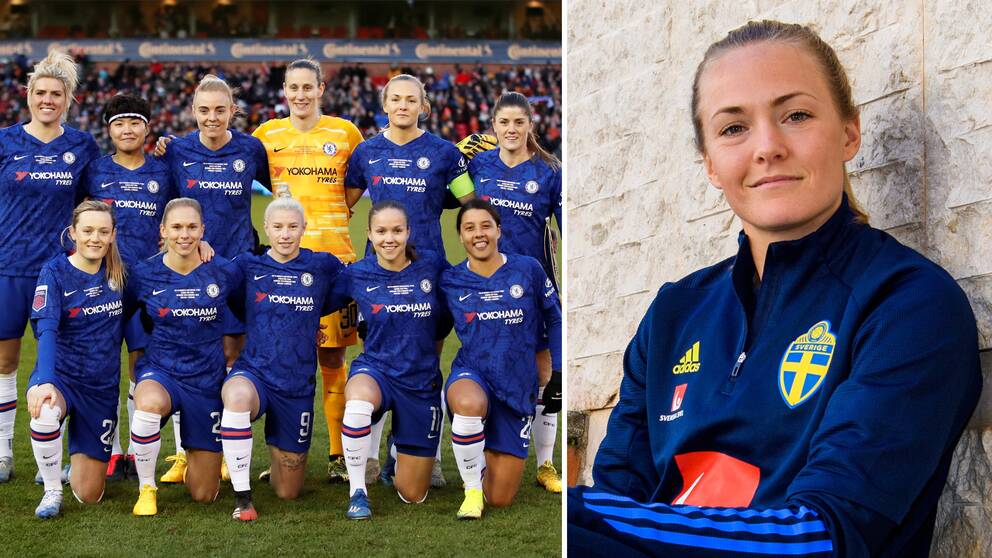It is sometimes said that elite sports are created by men for men.
Knowledge of research on menswear in sports has been both neglected and prioritized.
But lately it has increased slightly.
Recently, the British tabloid The Telegraph published a report on Chelsea's women's team which has become the first club team in the world to optimize exercise based on the hormone cycles of the menstrual cycle.
But there is a lot to learn in the field.
Study in NorwayThe majority of female skiers and cross-country skiers in Norway now report in a study that they perform worse during menstruation.
This shows the research study done in the area at the Norwegian University of Science and Technology in Trondheim.
In the study, which is based on 140 elite athletes, 47 percent responded that they experience worse physical shape during the menstrual period, a third of which thinks performance is negatively affected.
Only about a quarter of these talk about it with their coach.
Part of the problem is that almost everyone (92 percent) lacks knowledge about exercise and the men's cycle.
- To me, nothing is very surprising. The coaches also have no knowledge of this. If you have a degree or a master in sports, the understanding of menstruation is a very small part of the education. So the coaches usually have little knowledge and the practitioners themselves also have little knowledge, says Öyvind B. Sandbakk, one of the researchers behind the study, to SVT Sport.
"A system error"Do you think it's taboo to talk about?
- My experience with Norwegian practitioners is that as soon as we talk about men, women are very open with it. When we ask questions, taboos are removed very quickly. My experience of this is that we need to put it more clearly on the agenda and get the knowledge we have. We also need to research more about it. Today, seven percent of sports research is focused on women.
- This is basically a system error. How many female scientists do we have? After all, it's almost just men. How many female sports leaders do we have? 90-95 percent are men. How many female coaches do we have in biathlon and cross-country skiing? It's the same there.
Sandbakk anticipates that within a ten-year period there will be a greater understanding in the area.
- I think we can see fairly quick results in terms of results. But it's also about changing a culture. To make a total change requires time. I think we can see quite large differences in the dialogue between coaches and practitioners within a year. Within ten years, we might also have changed the gender balance at both the coach and the leadership level if the sport wants this.
SEE MORE: The big team maps the men: "It should not be hush-hush"
The browser is not supported
SVT does not support playback in your browser. We therefore recommend that you switch to another browser.
Learn more about browser support
Javascript is turned off
Javascript must be turned on to play video
Learn more about browser support

